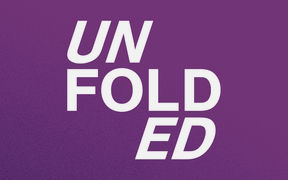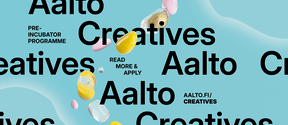'The way we spend our time makes a big difference'
Director of the Creative Sustainability programme at Aalto University, Mikko Jalas talks about self-sufficiency and sustainability.
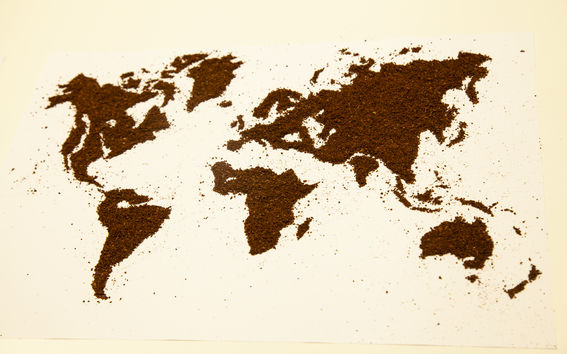
‘Environmental issues are quite complex. Some sources claim that a textile bag is more ecological than a plastic bag, and others insist exactly the opposite. One thing is clear: our consumption-based lifestyle, which uses the resources of four planets, cannot continue’, says Riikka Mäkikoskela, Visiting Lecturer at Aalto University and Managing Director of the Finnish Association of Art Schools for Children and Young People. She organised and taught the Innovative Approach to Circular Economy pilot course as part of the University-Wide Art Studies UWAS programme.

‘For some time, we have known that our natural resources are being depleted. We know that the economy and our society must operate in a new manner. Circular economy thinking is the first step in a new direction.’
The pilot course was funded by Sitra, the Finnish Innovation Fund, as part of the Circular Economy Programme at the Aalto University Department of Design. The course included guest lectures from experts and artists, but the main focus was on practical workshops.
According to Mäkikoskela, theory and practice are currently at odds with each other. We are aware of some solutions but would require personal effort to integrate them into our everyday lives.
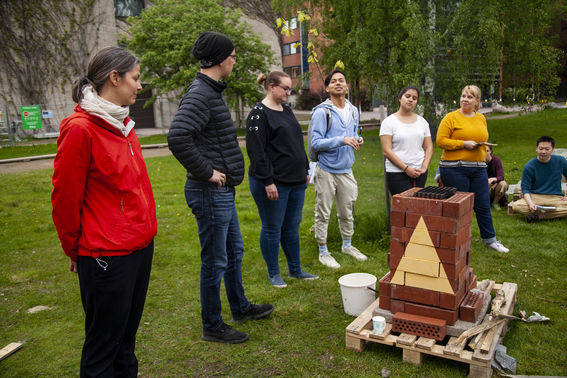
Hands-on experimentation can be the first step in learning new practices and processes. In the course, experimentation took the form of small-scale projects which explored new ways of doing things to ensure that materials remain in circulation and product life cycles are extended. For example, the students built a grill out of recycled bricks with a narrow form to ensure the highest heat efficiency possible. No mortar was used, so the bricks could be reused again.
‘Instead of taking a dystopian look at the problem, the approach we took was constructive: What if everything does not end here, what if we can still learn to act more wisely? When you see what you can do with your hands, you may come up with alternative ways of doing things’, explains Riikka Mäkikoskela.
Mäkikoskela emphasises that in the past, Finland already practised the principles of circular economy. In the 1950s, after the wars, many Finns still lived in self-subsistent households on small farms. Hardly any materials were wasted, and everything was used many times over. ‘In a circular economy, we do not need to reinvent everything. We can draw on old methods and adapt them to suit our current way of life.’
This spirit of innovation has space to unfold at Aalto’s campus in Otaniemi: namely the Test Site, built under the direction of Professor Mikko Jalas, head of the Creative Sustainability programme.
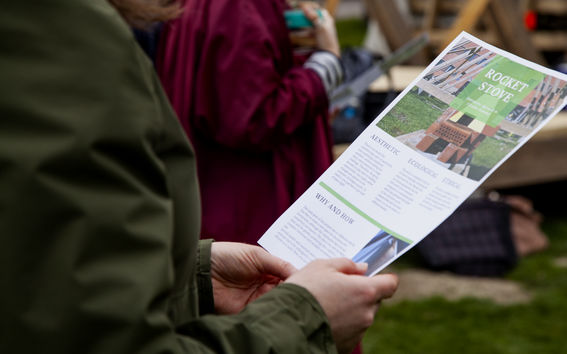
The course on circular economy put the Test Site to good use, exploring old and new solutions directly. Students were obliged to take an active role, and when there were no simple solutions, the course could take a lot of time. ‘That is exactly what finding one’s own vision requires: tolerance of uncertainty and persistence’, Mäkikoskela says. ‘One must try out different approaches and adapt one’s thinking and actions to figure out what everything is about.’
Mäkikoskela believes that in our daily lives we do not have enough time to think freely. ‘An important skill for the future will be the ability to shift from doing routine tasks into a state of mind for creating something new.’ The work of an artist also includes a lot of mundane tasks, such as bookkeeping, tax matters or applying for funding. At times, the proportion of creative work may be quite small.
‘Everyone can learn how to work creatively; there is still a playful child living in each and every one of us. What is essential, though, is learning how to shift rapidly from one mode of working to a different one. We should find new practices for this. On the other hand, a new way of thinking is never created out of nowhere, but it is built upon the old one. With experience, we can reach excellent results quite rapidly by combining existing knowledge in surprising ways.’
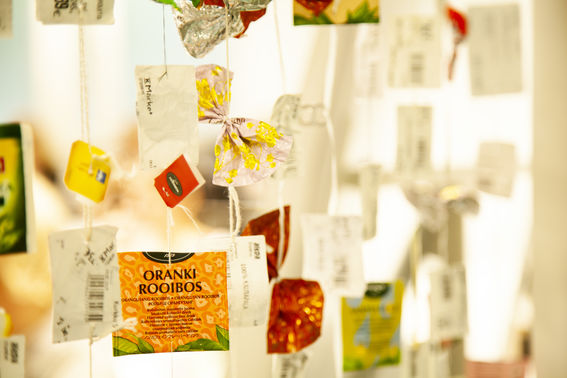
The community and public teaching methods of the course encouraged students to work in teams and promoted networking and interaction between various fields. Environmental and community art reflected wider societal perspectives. ‘The practices applied in the visual arts are excellent when you need to visualise something new. The strength of art lies in its courage to come up with different solutions, even though the artist may have no idea what the final result will be’, says Mäkikoskela.
Coping with uncertainty in one’s own vision and way of doing things is characteristic of artistic work, but for some of the participants, the course embodied a completely new way of studying. Students came from very different professional and cultural backgrounds, which required greater than usual sensitivity and observation by the teacher. Many of the participants had only done independent studies on theoretical issues, and had never worked with their hands. ‘Some students had difficulties with me not having a ready-made pattern for them on how to complete the course, because art does not usually define things precisely in advance’, Mäkikoskela explains.
‘The multidisciplinary approach made the course interesting to me. The business students know more about the economy than I do. They understand what kind of questions to consider when making a new product. It also amazed me how deeply involved in the artistic activity, say, the engineering students were, producing works of art using artificial intelligence. This enabled the art students to broaden their horizons and learn to work with people with different skills.’
Text: Tiina Toivola
Photos: Elisa Dametto

A circular economy experimentation and teaching area was built on the Otaniemi campus area in co-operation between the students and university staff, with the support of Sitra (the Finnish Innovation Fund), Helsinki Region Environmental Services Authority HSY and ACRE. The purpose of the site is to enable the implementation of experiments and events related to circular economy. In addition to teaching, the staff of the various schools of Aalto University will use the area as a research site for circular economy.

Director of the Creative Sustainability programme at Aalto University, Mikko Jalas talks about self-sufficiency and sustainability.
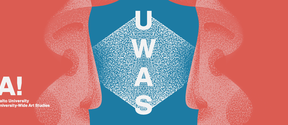
All Aalto University students can now apply for the open UWAS courses online.
Aalto University UNFOLDED magazine focuses on contemporary issues dealing with creativity, experimentation, and transdisciplinary co-creation.
